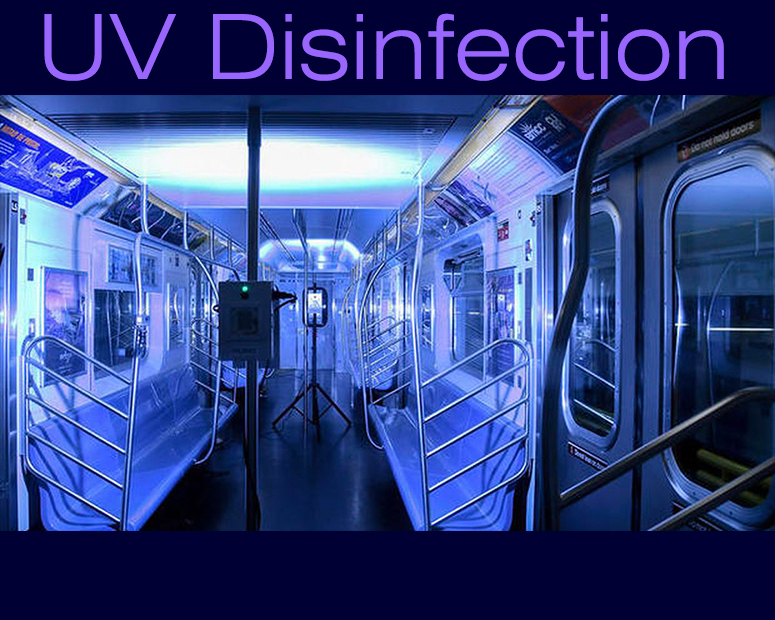GES has been serving UV applications in their entire variety for more than three decades. Providing a wide range of HV connectors for applications like UV disinfection, UV curing, UV surface treatment, UV lithography or UV spectroscopy we have a long and proven history in the industrial and scientific utilization of ultraviolet radiation. Critical applications require high-reliability components and a supplier that walks along steady and longtime.
Ultraviolet Germicidal Radiation
Ultraviolet radiation is an electromagnetic radiation with wavelength shorter than that of visible light but longer than X-rays. In certain wavebands (UV-C band) UV radiation can be ionizing. That describes any radiation where kinetic energy (particles) or quantum energy (waves) is sufficient to extract electrons from an atom or molecule. Only cosmic rays, gamma rays, X-rays and short-wave ultraviolet radiation have sufficient quantum energy to separate atomic bonds. The generation of ionizing radiation is traditionally a high voltage induced procedure and is used in a wide variety of fields such as medicine, nuclear power, manufacturing, research, and many other areas.
Ultraviolet light in the UV-C band (200–280 nm) is also known as ultraviolet germicidal radiation and is widely used for sterilizing equipment and creating sterile environments, as well as in the food and the water industry to inactivate microorganisms. [1] …read more
Overall, the wavelength of UV radiation ranges from 328 nm to 210 nm. Its maximum bactericidal effect however occurs at 240–280 nm. Mercury vapor lamps emit more than 90% of their radiation at 253.7 nm, which is near the maximum microbicidal activity. Inactivation of microorganisms results from destruction of nucleic acid through induction of thymine dimers. [2] …read more
The International Ultraviolet Association (IUVA) believes that UV disinfection technologies can play a role in a multiple barrier approach to reducing the transmission of the virus causing COVID-19, SARS-CoV-2, based on current disinfection data and empirical evidence. [3] …read more
---------------------------------------
[1] Microbiology of Waterborne Diseases (Second Edition), Microbiological Aspects and Risks (2013), Trinity College, University of Dublin.
[2] CDC, US Center of Disease Control and Prevention, Miscellaneous Inactivating Agents, Guideline for Disinfection and Sterilization in Healthcare Facilities (2008).
[3] IUVA – International Ultraviolet Association, IUVA Fact Sheet on UV Disinfection for COVID-19.
